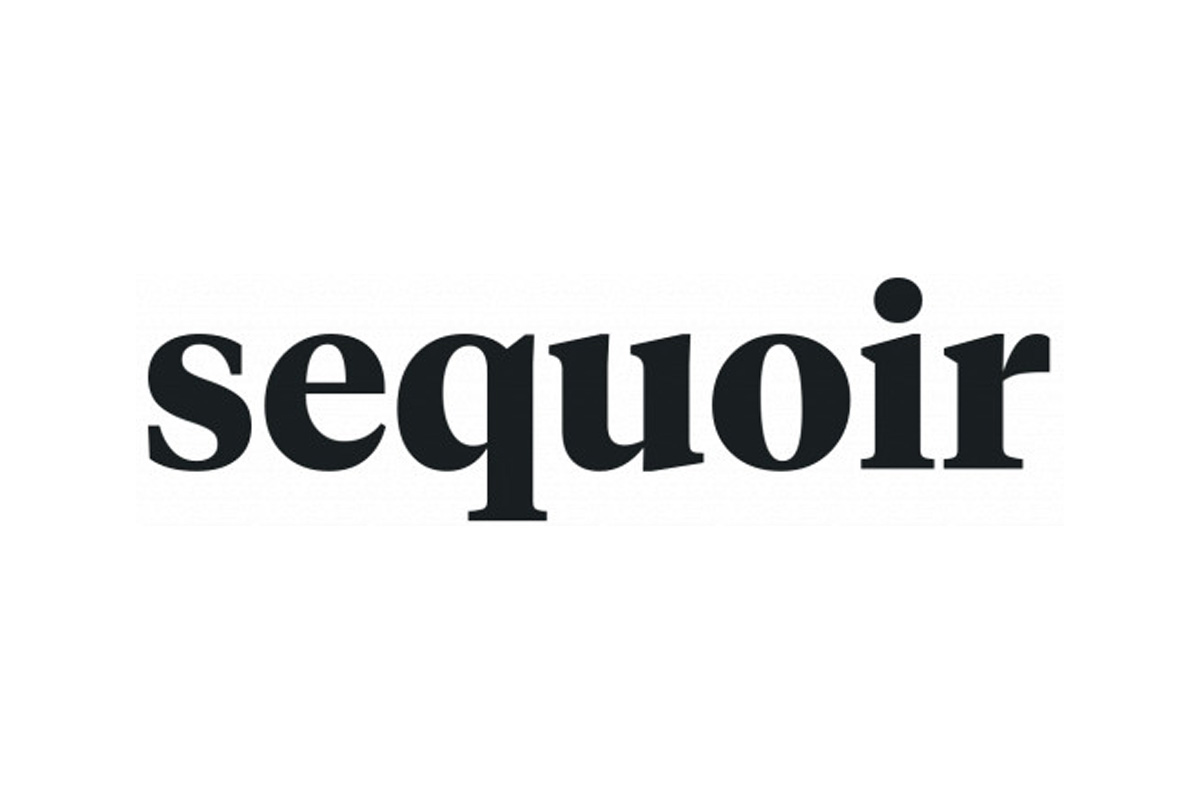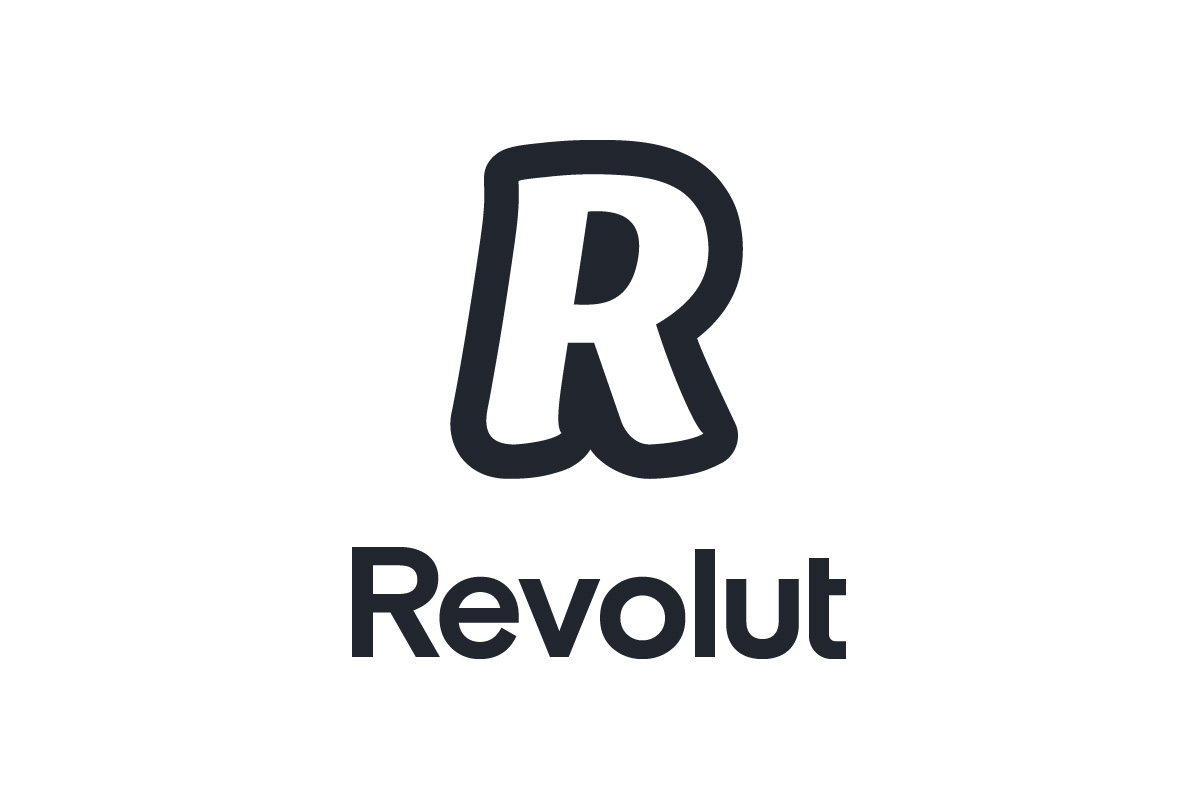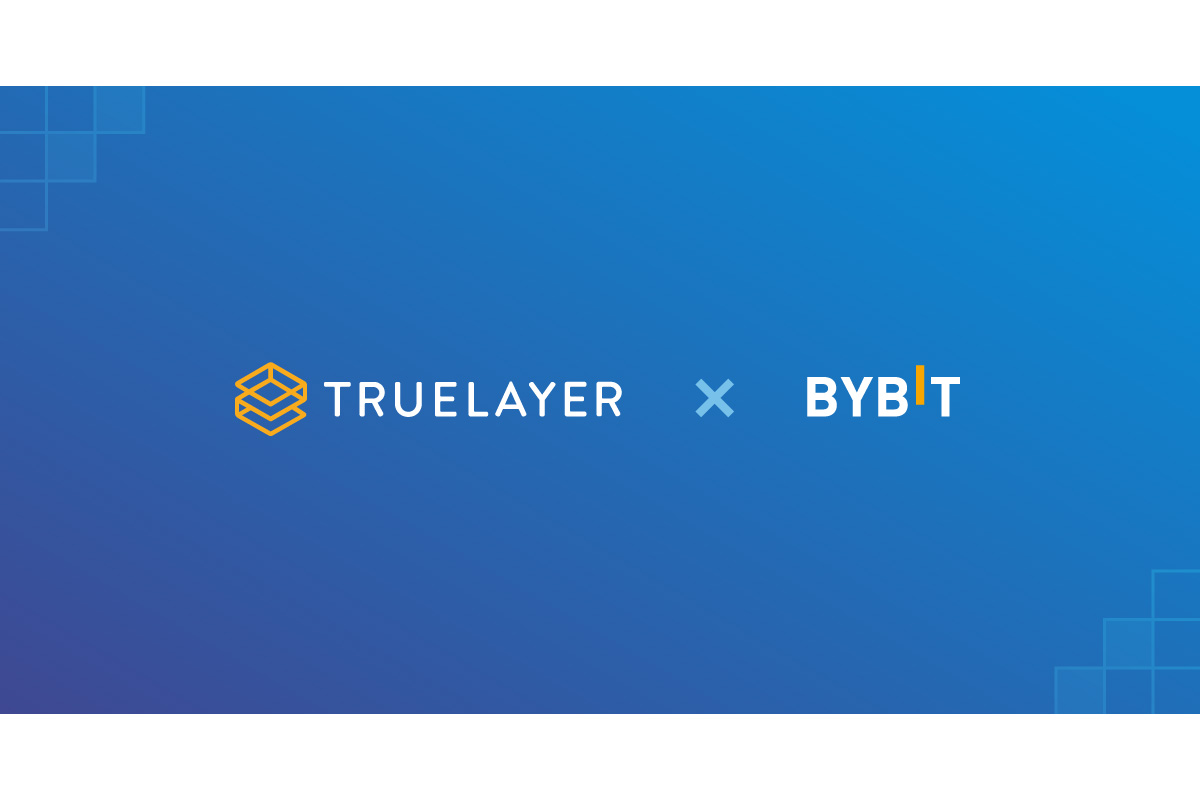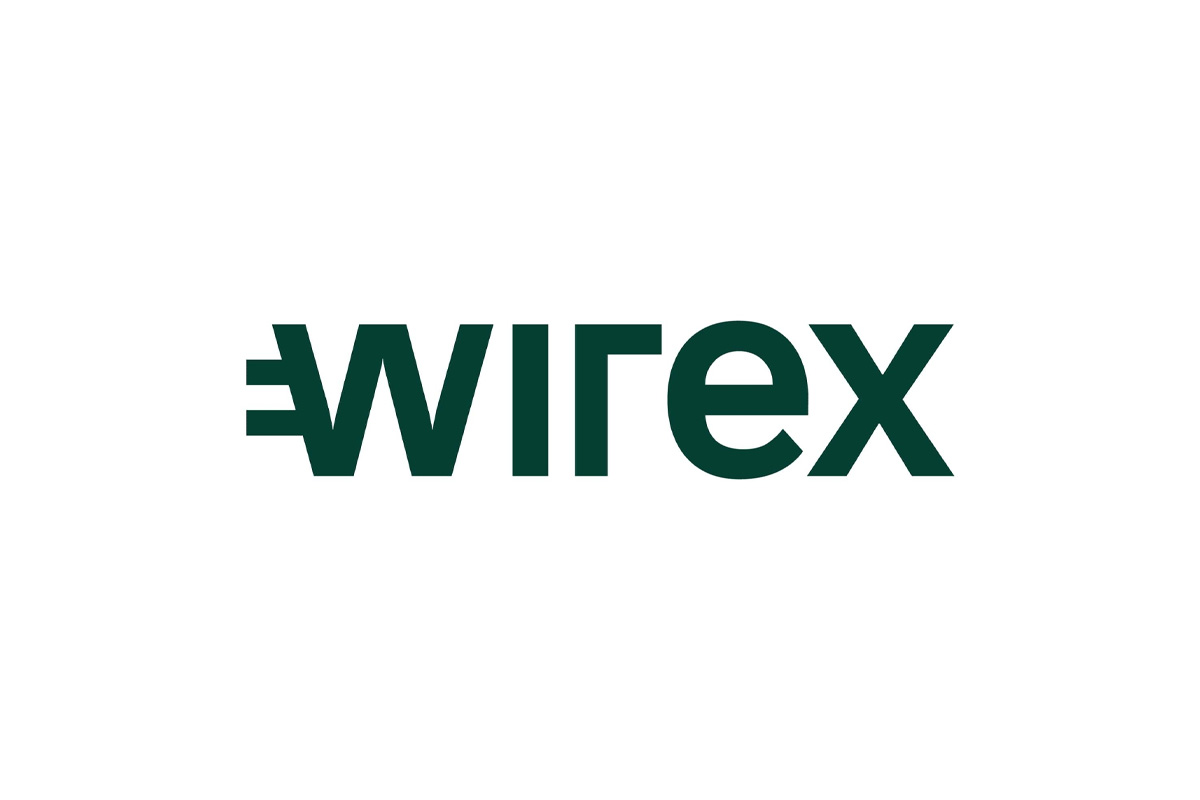Fintech
Concordium will launch a DeFi Lab focused on creating Regulated Decentralized Financial Products
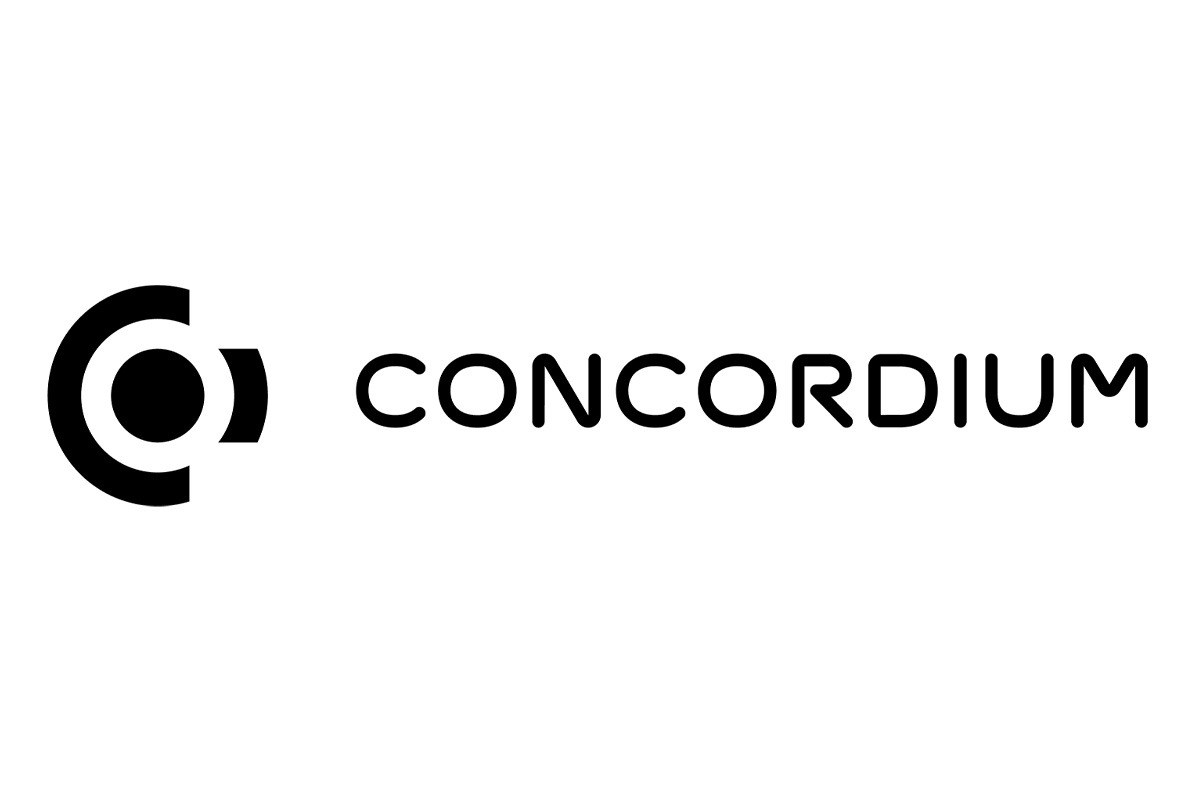
Concordium and Verum Capital AG are collaborating to launch the first lab focused on developing regulated decentralized finance products: the Concordium DeFi Lab. The lab will establish a funding vehicle and allocate for $100 M in $CCD in the form of grants and investments through its community endowment program. The Concordium DeFi Lab offers everyone a one-of-a-kind opportunity to participate in the future of regulated decentralized finance.
Context for the Concordium DeFi Lab:
Over 30% of the financially-included population are currently aware of Cryptocurrencies.
As of Q2 2021, it was estimated that there were more than 300 million cryptocurrency users across the world. The average crypto ownership rate by country is now 3.9% and more than 18,000 businesses worldwide now accept some form of cryptocurrency as payment. Decentralized Finance (DeFi) represents the primary opportunity for individual investors to use their cryptocurrency holdings for financial gain. As of Q4 2021, the total value locked in the DeFi space is USD 195 B.
There is no doubt that crypto is here to stay.
Despite the incredible growth and increasingly widespread use of cryptocurrency, its primary application area, DeFi remains isolated from consumer protections. Regulators across the globe are already playing catchup, struggling to apply the supervision designed to improve traditional financial systems to this fast-growing space. There are general concerns about how to regulate this space in order to further facilitate its growth. Concordium DeFi Lab intends to alleviate these concerns and foster DeFi products that can deliver and even increase consumer protections.
The Concordium (Reg)DeFi Lab:
The Concordium Lab for regulated DeFi products will prove that the next generation of financial products, built on the back of decentralized networks, can deliver consumer protection and fulfill user needs
The Concordium (Reg)DeFi Lab will consist of three streams.
1. Thought Leadership:
Stream 1 will consist of practical research to show how new functionality from smart contracts, embedded ID, and cryptographic signatures can be created to support compliance and regulatory needs. It will deliver input to national and regional regulators as they seek to transcribe global directives into precise national law.
2. Proof-of-Concept:
Stream 2 will focus on developing products as proof-of-concept. Proof-of-concepts will provide valuable precedents within the DeFi space that evidence the capability of various protocols to allow for regulatory fulfillment and oversight. It is where Concordium DeFi Labs will connect the words to actions.
3. Commercially Viable Products:
Stream 3 will accelerate the development of incubated concepts such that they become commercially viable products with a clear roadmap and market launch strategy. The priority of all commercially viable products will be regulatory compatibility and minimised centralisation.
The (Reg)DeFi Lab will move projects through these three streams to incubate and accelerate the most promising ideas in the DeFi space. Areas of specific interest for the lab include NFTs and new digital asset classes, Decentralized Autonomous Organizations (DAOs), and Decentralised Exchanges (DEXs). The lab, which is open to collaboration with any organization and sector, has already received various soft commitments from global players in the public and private sector.
According to Concordium CEO, Lone Fønss Schrøder: “Concordium is the first blockchain in the world to have an embedded identity layer at the protocol level. As such, it is well positioned to empower regulatory-approved applications and solutions intended for enterprise clients. Our specific interest in bridging the gap between the DeFi space and regulated financial solutions will come together in the (REG)DeFi Lab. With the support of Verum Capital, who have experience delivering projects with enterprise clients from all sectors and building new solutions for the DeFi space, we are confident that the lab will be a step toward a fully inclusive financial future.”
According to Verum Capital CEO, Matthias Weissl: “Verum Capital has worked closely with Concordium since its inception. The network offers tremendous benefits for applications that require identity verification and KYC processes. In the DeFi space we see legitimate protocols requiring this more and more. Our venture-building team is currently working with clients in the DeFi space and traditional industry to bring the benefits of DeFi to their users. The DeFi Lab represents a unique moment in the evolution of the DeFi space, bringing together powerful technology, deep insight, and experience, with strong teams that have solid ideas in order to drive adoption and make the space more accessible.”
A framework for proposing projects and applying for grant funding will be made available in the near future. Concordium has allocated as much as $100M worth of Concordium´s cryptocurrency, the CCD, to fund successful grant projects, such is our commitment. It will also offer exclusive access to technology and resources.
Launching the (Reg)DeFi Lab:
Together, Concordium and Verum Capital will combine their cutting-edge technology and extensive industry experience to launch the (Reg)DeFi Lab. The lab will be based in Zurich, Switzerland, a centre of global finance, and provide projects with a full spectrum of support. Technology and legal resources will be highly emphasized as projects pursue the agenda of the lab to create regulated DeFi products.
Fintech
How to identify authenticity in crypto influencer channels

Modern brands stake on influencer marketing, with 76% of users making a purchase after seeing a product on social media.The cryptocurrency industry is no exception to this trend. However, promoting crypto products through influencer marketing can be particularly challenging. Crypto influencers pose a significant risk to a brand’s reputation and ROI due to rampant scams. Approximately 80% of channels provide fake statistics, including followers counts and engagement metrics. Additionally, this niche is characterized by high CPMs, which can increase the risk of financial loss for brands.
In this article Nadia Bubennnikova, Head of agency Famesters, will explore the most important things to look for in crypto channels to find the perfect match for influencer marketing collaborations.
-
Comments
There are several levels related to this point.
LEVEL 1
Analyze approximately 10 of the channel’s latest videos, looking through the comments to ensure they are not purchased from dubious sources. For example, such comments as “Yes sir, great video!”; “Thanks!”; “Love you man!”; “Quality content”, and others most certainly are bot-generated and should be avoided.
Just to compare:


LEVEL 2
Don’t rush to conclude that you’ve discovered the perfect crypto channel just because you’ve come across some logical comments that align with the video’s topic. This may seem controversial, but it’s important to dive deeper. When you encounter a channel with logical comments, ensure that they are unique and not duplicated under the description box. Some creators are smarter than just buying comments from the first link that Google shows you when you search “buy YouTube comments”. They generate topics, provide multiple examples, or upload lists of examples, all produced by AI. You can either manually review the comments or use a script to parse all the YouTube comments into an Excel file. Then, add a formula to highlight any duplicates.

LEVEL 3
It is also a must to check the names of the profiles that leave the comments: most of the bot-generated comments are easy to track: they will all have the usernames made of random symbols and numbers, random first and last name combinations, “Habibi”, etc. No profile pictures on all comments is also a red flag.
LEVEL 4
Another important factor to consider when assessing comment authenticity is the posting date. If all the comments were posted on the same day, it’s likely that the traffic was purchased.
2. Average views number per video
This is indeed one of the key metrics to consider when selecting an influencer for collaboration, regardless of the product type. What specific factors should we focus on?
First & foremost: the views dynamics on the channel. The most desirable type of YouTube channel in terms of views is one that maintains stable viewership across all of its videos. This stability serves as proof of an active and loyal audience genuinely interested in the creator’s content, unlike channels where views vary significantly from one video to another.
Many unauthentic crypto channels not only buy YouTube comments but also invest in increasing video views to create the impression of stability. So, what exactly should we look at in terms of views? Firstly, calculate the average number of views based on the ten latest videos. Then, compare this figure to the views of the most recent videos posted within the past week. If you notice that these new videos have nearly the same number of views as those posted a month or two ago, it’s a clear red flag. Typically, a YouTube channel experiences lower views on new videos, with the number increasing organically each day as the audience engages with the content. If you see a video posted just three days ago already garnering 30k views, matching the total views of older videos, it’s a sign of fraudulent traffic purchased to create the illusion of view stability.
3. Influencer’s channel statistics
The primary statistics of interest are region and demographic split, and sometimes the device types of the viewers.
LEVEL 1
When reviewing the shared statistics, the first step is to request a video screencast instead of a simple screenshot. This is because it takes more time to organically edit a video than a screenshot, making it harder to manipulate the statistics. If the creator refuses, step two (if only screenshots are provided) is to download them and check the file’s properties on your computer. Look for details such as whether it was created with Adobe Photoshop or the color profile, typically Adobe RGB, to determine if the screenshot has been edited.
LEVEL 2
After confirming the authenticity of the stats screenshot, it’s crucial to analyze the data. For instance, if you’re examining a channel conducted in Spanish with all videos filmed in the same language, it would raise concerns to find a significant audience from countries like India or Turkey. This discrepancy, where the audience doesn’t align with regions known for speaking the language, is a red flag.
If we’re considering an English-language crypto channel, it typically suggests an international audience, as English’s global use for quality educational content on niche topics like crypto. However, certain considerations apply. For instance, if an English-speaking channel shows a significant percentage of Polish viewers (15% to 30%) without any mention of the Polish language, it could indicate fake followers and views. However, if the channel’s creator is Polish, occasionally posts videos in Polish alongside English, and receives Polish comments, it’s important not to rush to conclusions.
 Example of statistics
Example of statistics
Wrapping up
These are the main factors to consider when selecting an influencer to promote your crypto product. Once you’ve launched the campaign, there are also some markers to show which creators did bring the authentic traffic and which used some tools to create the illusion of an active and engaged audience. While this may seem obvious, it’s still worth mentioning. After the video is posted, allow 5-7 days for it to accumulate a basic number of views, then check performance metrics such as views, clicks, click-through rate (CTR), signups, and conversion rate (CR) from clicks to signups.
If you overlooked some red flags when selecting crypto channels for your launch, you might find the following outcomes: channels with high views numbers and high CTRs, demonstrating the real interest of the audience, yet with remarkably low conversion rates. In the worst-case scenario, you might witness thousands of clicks resulting in zero to just a few signups. While this might suggest technical issues in other industries, in crypto campaigns it indicates that the creator engaged in the campaign not only bought fake views and comments but also link clicks. And this happens more often than you may realize.
Summing up, choosing the right crypto creator to promote your product is indeed a tricky job that requires a lot of resources to be put into the search process.

Author
Nadia Bubennikova, Head of agency at Famesters
Fintech
Central banks and the FinTech sector unite to change global payments space

The BIS, along with seven leading central banks and a cohort of private financial firms, has embarked on an ambitious venture known as Project Agorá.
Named after the Greek word for “marketplace,” this initiative stands at the forefront of exploring the potential of tokenisation to significantly enhance the operational efficiency of the monetary system worldwide.
Central to this pioneering project are the Bank of France (on behalf of the Eurosystem), the Bank of Japan, the Bank of Korea, the Bank of Mexico, the Swiss National Bank, the Bank of England, and the Federal Reserve Bank of New York. These institutions have joined forces under the banner of Project Agorá, in partnership with an extensive assembly of private financial entities convened by the Institute of International Finance (IIF).
At the heart of Project Agorá is the pursuit of integrating tokenised commercial bank deposits with tokenised wholesale central bank money within a unified, public-private programmable financial platform. By harnessing the advanced capabilities of smart contracts and programmability, the project aspires to unlock new transactional possibilities that were previously infeasible or impractical, thereby fostering novel opportunities that could benefit businesses and consumers alike.
The collaborative effort seeks to address and surmount a variety of structural inefficiencies that currently plague cross-border payments. These challenges include disparate legal, regulatory, and technical standards; varying operating hours and time zones; and the heightened complexity associated with conducting financial integrity checks (such as anti-money laundering and customer verification procedures), which are often redundantly executed across multiple stages of a single transaction due to the involvement of several intermediaries.
As a beacon of experimental and exploratory projects, the BIS Innovation Hub is committed to delivering public goods to the global central banking community through initiatives like Project Agorá. In line with this mission, the BIS will soon issue a call for expressions of interest from private financial institutions eager to contribute to this ground-breaking project. The IIF will facilitate the involvement of private sector participants, extending an invitation to regulated financial institutions representing each of the seven aforementioned currencies to partake in this transformative endeavour.
Source: fintech.globa
The post Central banks and the FinTech sector unite to change global payments space appeared first on HIPTHER Alerts.
Fintech
TD Bank inks multi-year strategic partnership with Google Cloud

TD Bank has inked a multi-year deal with Google Cloud as it looks to streamline the development and deployment of new products and services.
The deal will see the Canadian banking group integrate the vendor’s cloud services into a wider portion of its technology solutions portfolio, a move which TD expects will enable it “to respond quickly to changing customer expectations by rolling out new features, updates, or entirely new financial products at an accelerated pace”.
This marks an expansion of the already established relationship between TD Bank and Google Cloud after the group previously adopted the vendor’s Google Kubernetes Engine (GKE) for TD Securities Automated Trading (TDSAT), the Chicago-based subsidiary of its investment banking unit, TD Securities.
TDSAT uses GKE for process automation and quantitative modelling across fixed income markets, resulting in the development of a “data-driven research platform” capable of processing large research workloads in trading.
Dan Bosman, SVP and CIO of TD Securities, claims the infrastructure has so far supported TDSAT with “compute-intensive quantitative analysis” while expanding the subsidiary’s “trading volumes and portfolio size”.
TD’s new partnership with Google Cloud will see the group attempt to replicate the same level of success across its entire portfolio.
Source: fintechfutures.com
The post TD Bank inks multi-year strategic partnership with Google Cloud appeared first on HIPTHER Alerts.
-

 Fintech7 days ago
Fintech7 days agoHow to identify authenticity in crypto influencer channels
-
Latest News6 days ago
HSBC-backed fintech Monese is considering splitting its operations as it grapples with increasing losses.
-
Latest News6 days ago
EverBank has announced a groundbreaking partnership with Finzly, poised to revolutionize payment processing.
-
Latest News6 days ago
FinTech leaders express caution regarding the promises made in #Budget2024 concerning open banking, stating that the “devil is in the details.”
-
Latest News6 days ago
Gotion High-tech’s operating profit up 391% in 2023, nearly RMB 2.8 billion invested in R&D for the year
-
Latest News5 days ago
Aurionpro Solutions acquires Arya.ai, to power next generation Enterprise AI platforms for Financial Institutions
-
Latest News6 days ago
Wells Fargo, a leading financial institution, is set to revolutionize its trade finance operations by incorporating artificial intelligence (AI) technology through its collaboration with TradeSun.
-
Latest News6 days ago
Latvian Fintech inGain Raises €650,000 for No-Code SaaS Loan Management System




